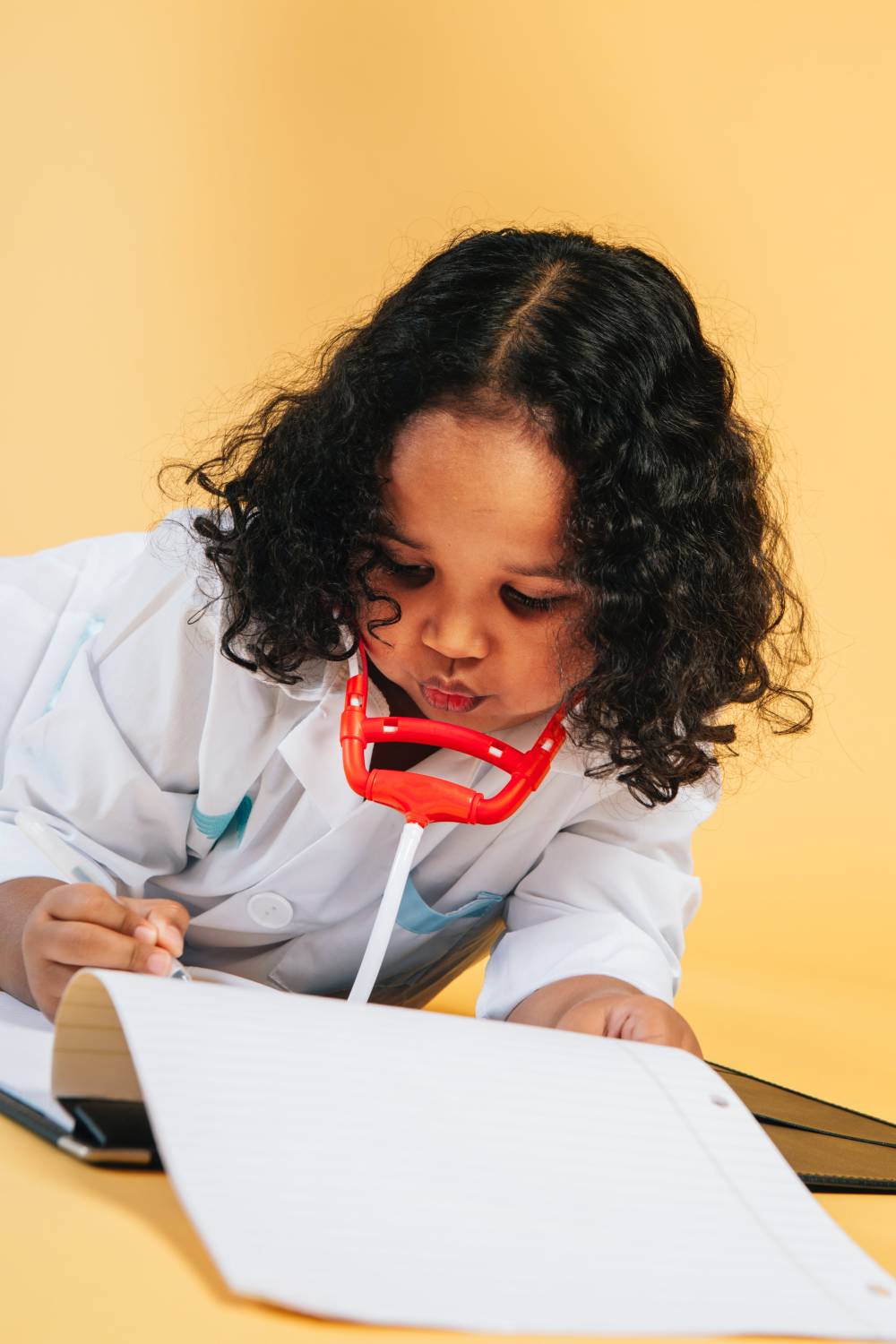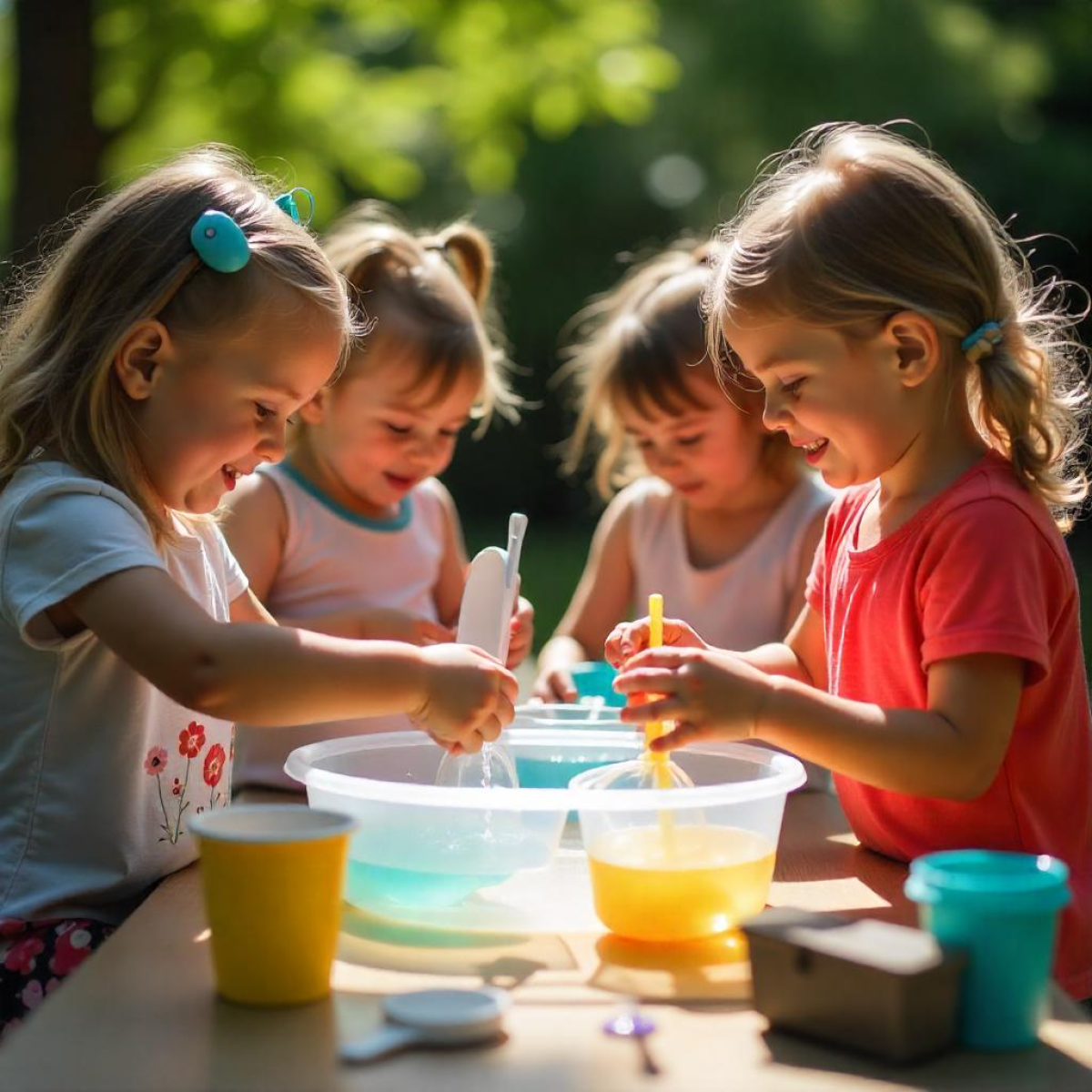In a daycare center, safety isn’t just a priority, it’s a daily responsibility. Directors must ensure that every space, toy, process, and staff member contributes to creating a safe and healthy environment for children. Often, incidents occur not because of negligence but because small details get overlooked in day-to-day operations.
This guide summarizes the key elements every daycare director should check and oversee regularly. You can use it as a weekly or monthly checklist to make sure your center is always meeting the highest safety standards.
1. Indoor Safety
Every room where children spend time must be carefully checked:
-
Outlets should be covered with protective caps.
-
Electrical cords must be hidden or secured along walls, away from children’s reach.
-
Furniture (shelves, tables, dressers) should be securely anchored to walls or floors to prevent tipping.
-
Doors and windows should have childproof locks that children can’t easily open.
-
Hazardous items (medications, cleaning supplies, sharp tools) must be stored out of reach.
-
Room temperature should always be comfortable, and heaters should be shielded with barriers.
2. Secure Doors and Gates
Children are naturally curious and active, so every door or gate must be carefully monitored:
-
All exits should have secure locks controlled by staff.
-
Outdoor gates must always remain closed and be high enough to prevent climbing.
-
Anyone entering the daycare must sign in or be identified to prevent unauthorized access.
3. Playground and Equipment Safety
Play areas are where children spend the most time, but also where most accidents happen:
-
Conduct weekly inspections of toys and playground equipment for cracks, sharp edges, or loose parts.
-
Outdoor surfaces (playground flooring) should be soft and safe for falls (rubber or synthetic grass).
-
Equipment must be age-appropriate and used only under supervision.
-
Outdoor spaces must be kept clean and free from debris, animals, or other hazards.
4. Hygiene and Food Safety
- Every daycare must have strict hygiene standards, especially in the kitchen and during food service:
-
Food must be stored at safe temperatures, and refrigerators must be checked daily.
-
Kitchen staff and educators must be trained in personal hygiene and cleaning protocols.
-
Dishes, cups, and toys must be regularly cleaned and sanitized.
-
Staff and children must wash hands before every meal.
5. Continuous Supervision of Children
Most accidents happen because children are left unattended, even for a few seconds:
-
No child should ever be left alone, even briefly.
-
Keep track of the child-to-teacher ratio at all times to ensure adequate supervision.
-
Common areas can be equipped with security cameras (for internal monitoring, not sharing).
6. Emergency Preparedness
Every daycare must have a clear plan for unexpected events:
-
Conduct regular drills for staff and children for fires, earthquakes, or evacuations.
-
Ensure all emergency exits are clearly marked and unobstructed.
-
Stock first aid kits in every area and regularly check expiration dates.
-
Train all staff in basic first aid and CPR.
Safety Checklist for Directors (Weekly/Monthly)
-
All electrical outlets are covered.
-
Cords and electrical devices are protected.
-
Furniture is securely anchored.
-
Outdoor gates and exits have proper locks.
-
Playground equipment is inspected and safe.
-
Outdoor play areas are clean and hazard-free.
-
Food storage and refrigerators are checked daily.
-
Staff follow hygiene standards.
-
Children are never left unsupervised.
-
Emergency plans are updated, and staff are trained.
Safety isn’t just a task – it’s a culture.
When every staff member and the director treat safety as part of their daily routine, the daycare becomes not only a place for children to grow and learn but also a place where parents feel secure and confident every single day.








